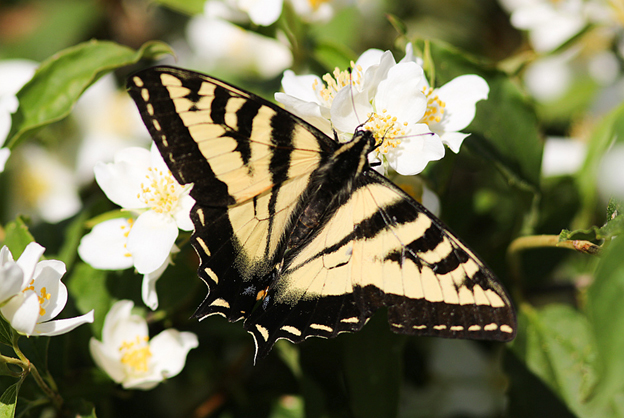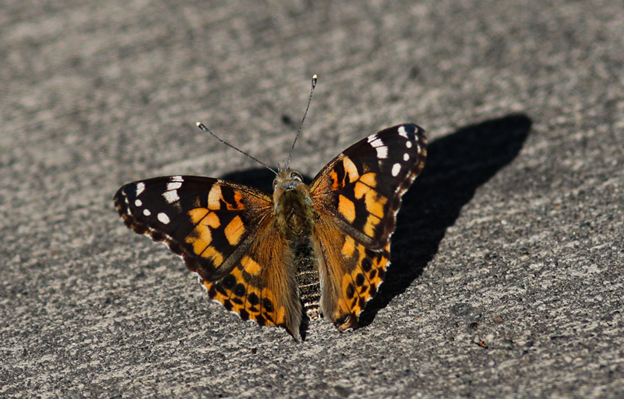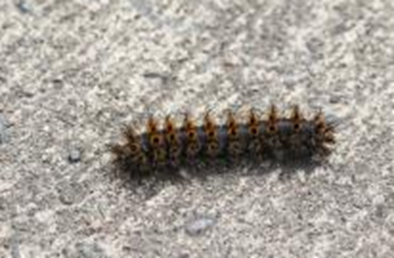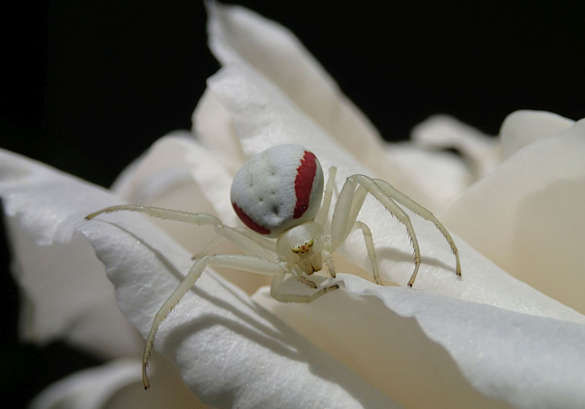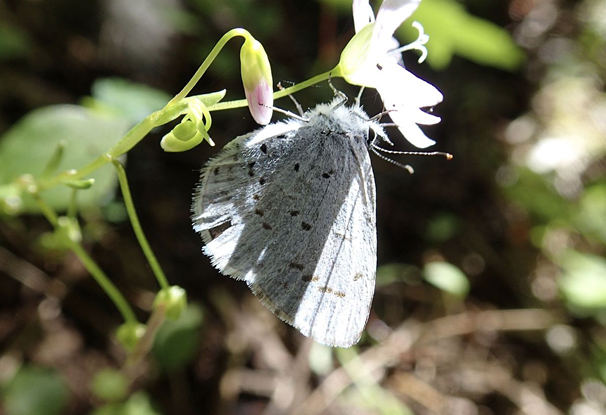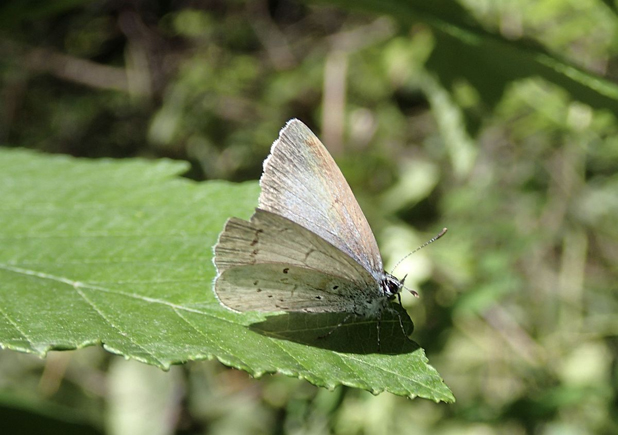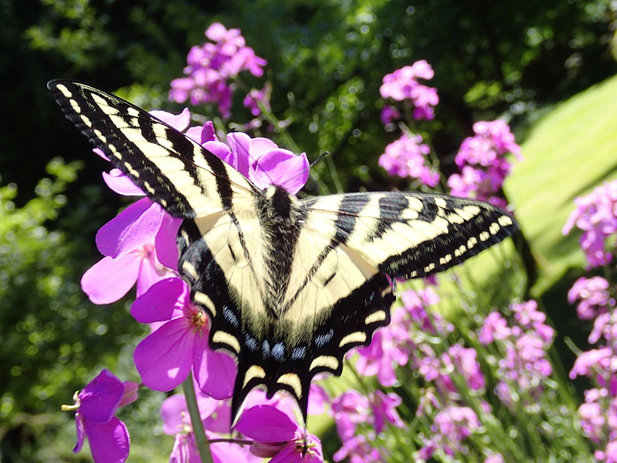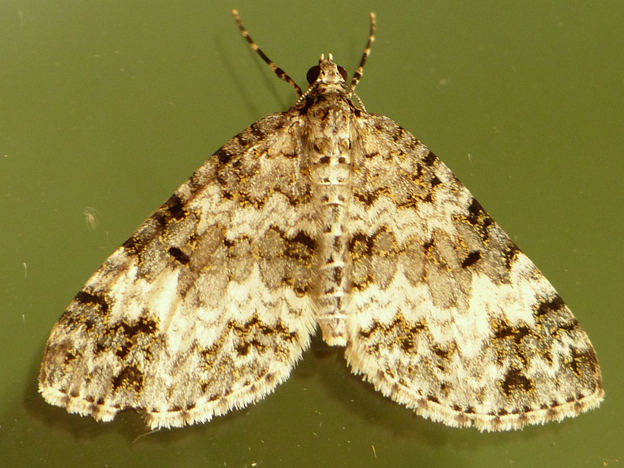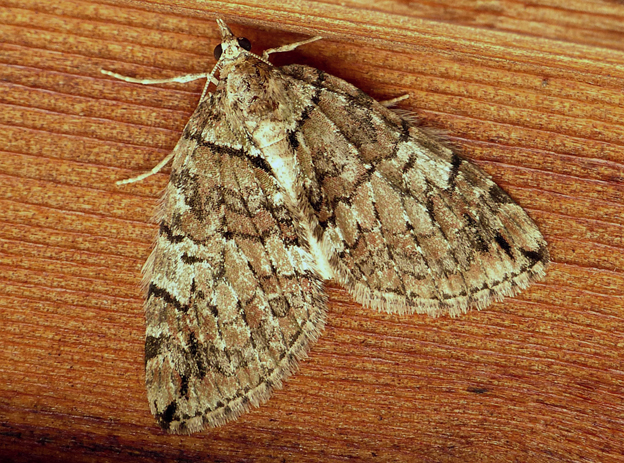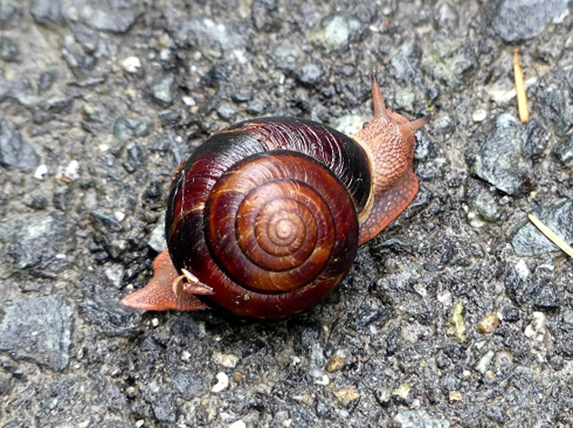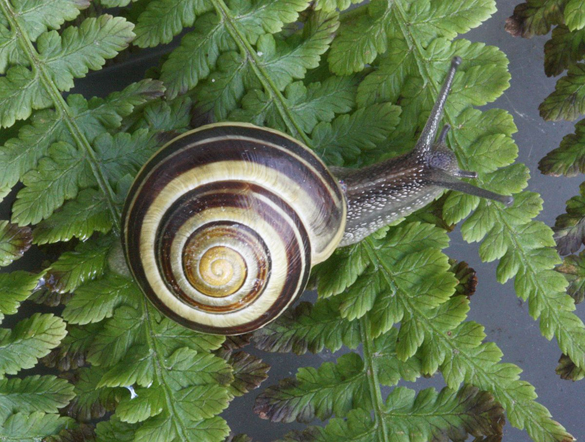2021 June 19 morning
June Butterfly Count. Message from Gordon Hart.
Hello, Butterfly Enthusiasts ,
The June count period starts today, Saturday June 19 until Sunday June 27. This is an informal census of butterfly numbers and species in Greater Victoria. The area is defined by the Christmas Bird Count circle, extending from Victoria to Brentwood Bay and Island View Road in Central Saanich, and west to Happy Valley and Triangle Mountain, and Langford Lake and Goldstream areas.
You can submit a count any time over the count period, just use a separate form for each count and location. In the case of repeat or duplicate counts, I will use the higher numbers. To submit counts, please use the form on the VNHS website at: https://www.vicnhs.bc.ca/?p=33.
If you have difficulty with the form, please send me an email with the information.
Thank-you for submitting your sightings and good luck with your count.
Gordon
Gordon Hart,
Butterfly Count Coordinator,
Victoria Natural History Society
Jeremy Tatum writes: Yesterday, June 18, I saw the first moth at the light at my apartment door in Saanich since March, and it turned out to be just one of the abundant lackey moths or an adult “tent caterpillar”, Malacosoma sp. The question is: Which one? Last July I tried to photograph both sexes of both Malacosomas, though I never succeeded in photographing a male M. disstria. This one is a male Malacosoma californicum.
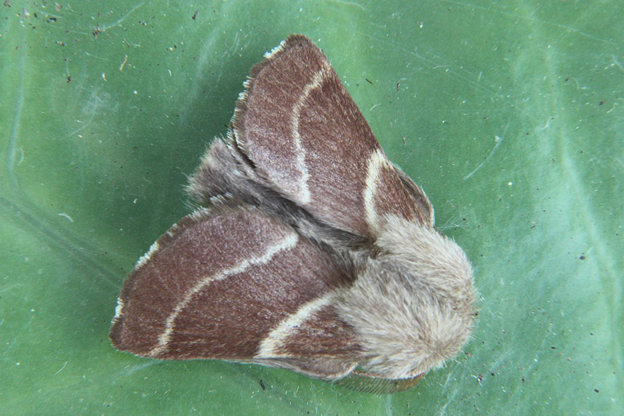
Malacosoma californicum (Lep.: Lasiocampidae) Jeremy Tatum
I brought in some Stinging Nettle for some Satyr Comma caterpillars that I am rearing, and I got an unexpected surprise when I found another caterpillar, shown below, on the nettles. Followers of this site will not need to be told what genus this caterpillar belongs to.
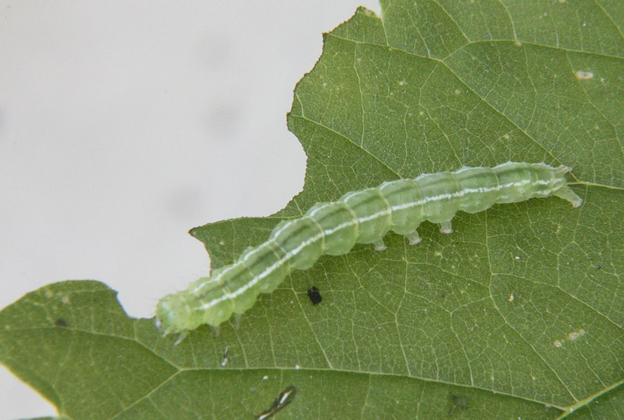
Hypena californica (Lep.: Erebidae – Hypeninae) Jeremy Tatum
Cheryl Hoyle Sends a photograph of a caterpillar she found on a willow in her back yard in View Royal yesterday:
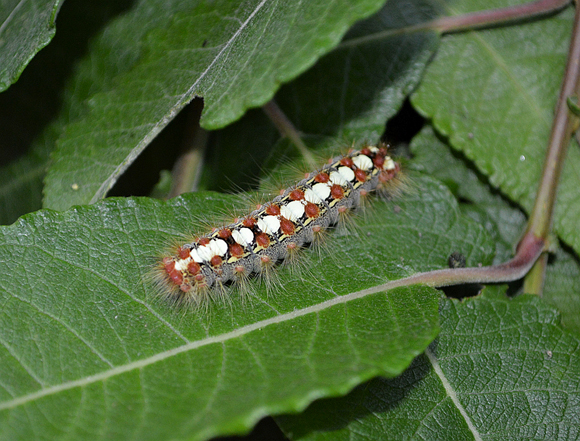
White Satin Moth Leucoma salicis (Lep.: Erebidae – Lymantriinae) Cheryl Hoyle

